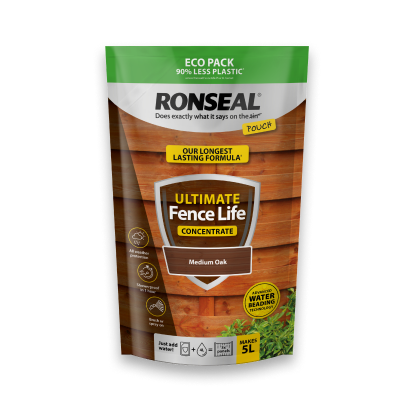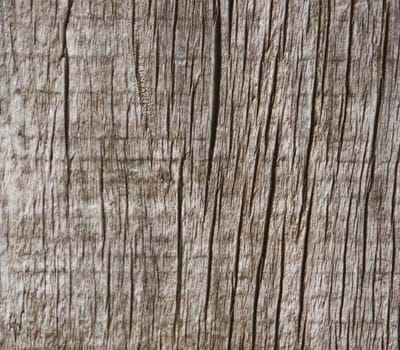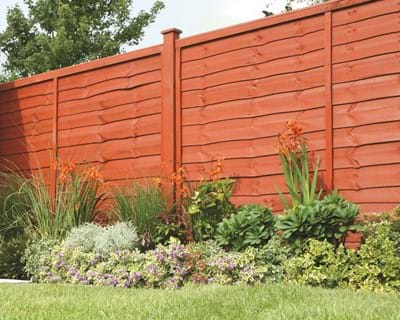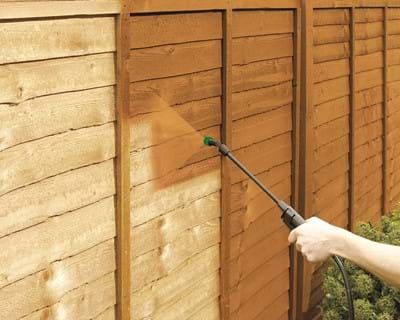Shed and Fence Preserver
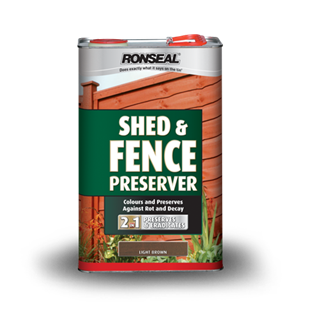
Protect you wood from rot, decay, wood burrowing insects and wood discolouring fungi like blue stain. Our Shed and Fence Preserver protects against woodworm, adds colour and waterproofs your wood so it stays protected and looks good too.
- An all-in-one formula to preserve and prevent
- Superb colour and preservation for long lasting protection
- Preserves, prevents rot and decay
- Protects against woodworm attack and re-infestation
- Waterproofs to prevent water ingress
- Highly penetrative wood preserver
- Prevents rot and decay
- Waterproof
- Dry in 24 hours
Buy Online

How much preserver do I need?
Measure your area precisely, drop the numbers into this smart calculator and it will tell you straight away how many litres you'll need to complete your project.
-
Rough sawn wood

How do I use it?
Three coats
Up to 9.6m2 per litre
Brush on
How to use Shed and Fence Preserver
Before you start
- Make sure the surface you’re protecting is clean, dry and free from paint, varnish or stain. Use a stiff brush to remove ingrained dirt. If you notice any mould, fungi or algae, use a garden cleaner to get rid of it.
- If there is paint, varnish and stain on your wood, you will need to strip it or sand it away.
- Decayed wood should be replaced with healthy timber. Replace at least 45cm past the rotted area to get the best results.
Application
- Give the tin a good shake so you get a consistent colour.
- For the end grains of your fence, dip them into the preserver so the wood is completely soaked.
- For the main sections of your fence panels, dip a brush and apply the stain.
- Wait 24 hours for the first coat to dry. You will need three coats for the best protection. Leave 24 hours between each coat.
- Avoid contact with bitumen, bitumen felt or mastics and plastics.
Low temperature and increased humidity will increase drying time.
Aftercare
The wood will now be protected against rot, decay and woodworm.
You can easily maintain your wood by applying another coat every year.
Cleaning
- Scrape as much preserver off your brush as you can.
- Clean the brush with a paint brush cleaner.
Don’t empty leftover preserver into drains or watercourses. Contact your local authority for more information on how to dispose of unused paint.
Technical specification
| Usage: | Outdoor sheds and fences |
| Coverage: | Up to 9.6m2 per litre |
| Dry time: | 24 hours |
| Coat time: | 24 hours |
| Number of coats: | Three |
| Colours: | Light Brown, Dark Brown, Autumn Brown, Green, Black |
| Finish: | Matt |
| Durability: | Protects and prevents rot, decay and woodworm. |
| Application: | Brush |
| Preserver base: | Solvent |
| Sizes: | 5L |
| VOC: | High |
How to guides
Easy to follow steps to help you do a professional job on any DIY project.Find the right product
Tell us about your DIY project and we’ll show you which products you need.
